Braces vs Invisalign
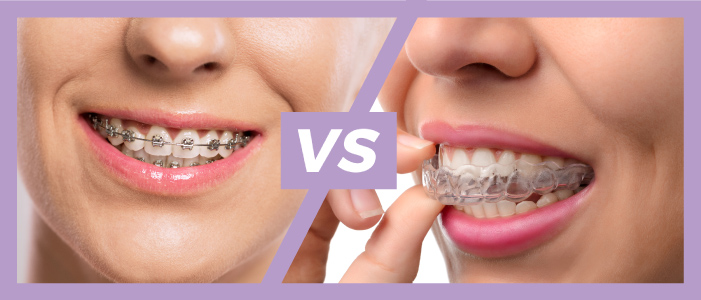
Trying to make the decision between braces and Invisalign can be difficult; braces tend to be less hassle (once they’re on, they’re on) but are impossible to hide, while Invisalign is removable but requires more active participation from the wearer.
We’re breaking down all of the advantages and disadvantages of braces vs Invisalign to provide the transparency you need to get the details straight.
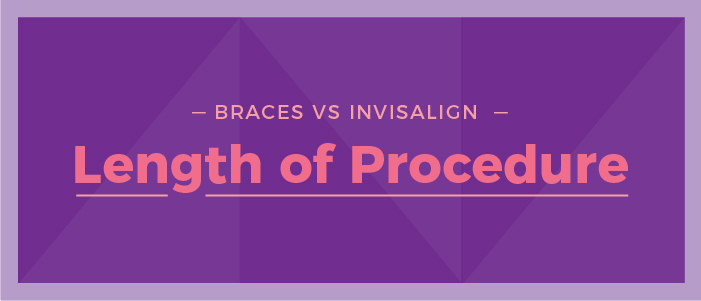
Braces
Braces are definitely the more time consuming option. Between the initial appointment in which the brackets/wires are applied and the regular follow up appointments, you’ll find yourself in your dentist’s chair fairly often. It’s safe to say braces are more of a time commitment because there’s so much hardware involved.
Invisalign
After taking scans of your mouth, the longest part of the Invisalign process occurs when your dentist applies attachments to your teeth to help the trays stay in place. After that, you’ll need to come in occasionally so your dentist can check that things are progressing properly but the time commitment is fairly low.
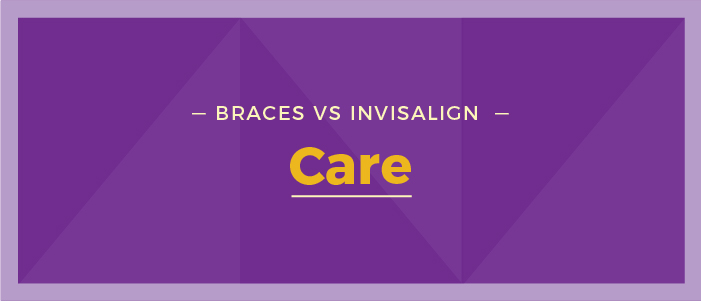
Braces
Once your braces have been attached to your teeth, they’re on for good (or until your orthodontist removes them). You can eat without a care while wearing your braces (which is a definite plus) but you might have to restrict what you eat. Certain foods tend to get caught in the brackets or under the wire, so you’ll also have to increase how often you floss.
Invisalign
With Invisalign, you don’t just get one tray to look after, you get multiple. You also have to be prepared to take your trays out every time you want to eat something (whether you’re at work, at the movies, or at a restaurant). You have to be prepared to carry your supplies around with you at all times.
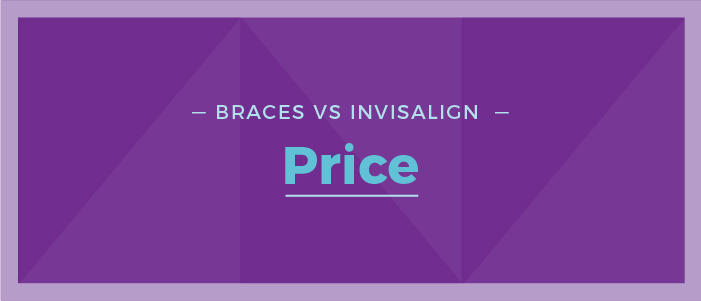
Braces
Braces range in cost anywhere from $3000 to $8000 (depending on how complicated the treatment plan is).
Invisalign
When it comes to cost, Invisalign has the advantage but you’ll have to book an appointment with your dentist to get a quote tailored to your specific needs.
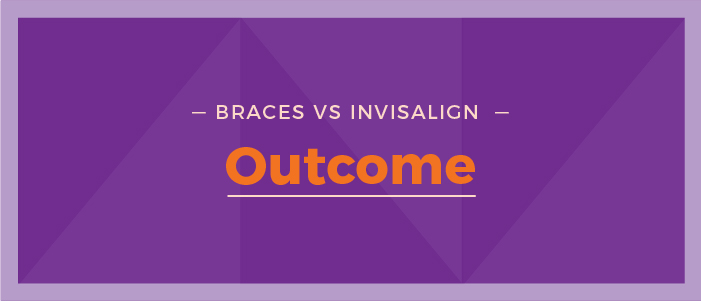
Braces
Straight teeth guaranteed! Just like Invisalign, you will need to wear a retainer afterward to make sure your teeth stay in place.
Invisalign
Your teeth will be just as straight as if you’d worn braces. You will need to wear a retainer at night to maintain your new tooth alignment.
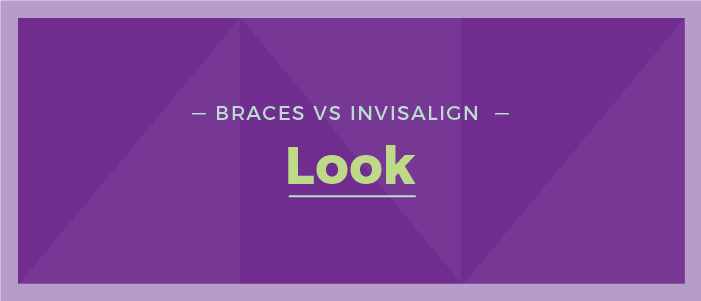
Braces
Braces aren’t too bad if you’re a kid surrounded by other kids also wearing braces, but if you’re an adult? It can be daunting to say the least. Braces are impossible to hide and it’s important to consider how they might affect your confidence both in your personal life and in the workplace.
Invisalign
Invisalign is hands down the winner in this category. The trays are transparent and far more subtle than braces. While people will be able to tell you’re wearing them from up close, they’re far more discreet than braces (and they’re removable).
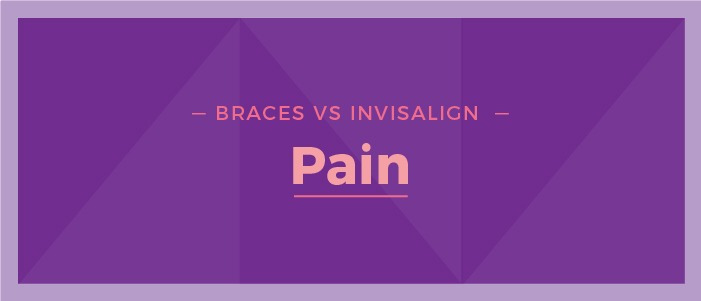
Braces
Wearer beware. In addition to the pain and discomfort after an in office adjustment, you’re also more likely to cut your tongue or the inside of your mouth on the brackets (especially if you play sports).
Invisalign
Manageable. There’s always going to be tooth pain and sensitivity after adjusting to a new tray, but it shouldn’t last too long.
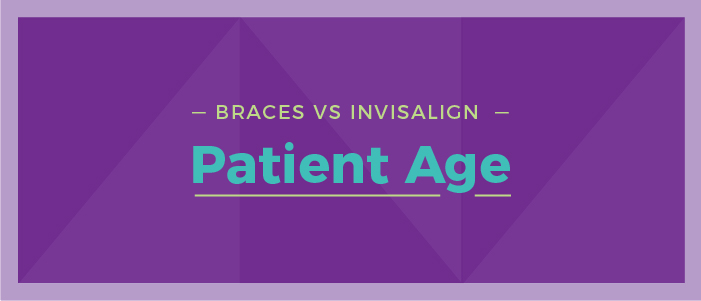
Braces
Braces are low-to-no maintenance and are perfect for kids and teenagers who are unlikely to remember to wear their trays as often as they’re supposed to (or to clean them properly.)
Invisalign
Invisalign is great for all ages but particularly for adults and teenagers who can be trusted to wear their trays when they’re supposed to and who will reliably follow their dentist’s directions
